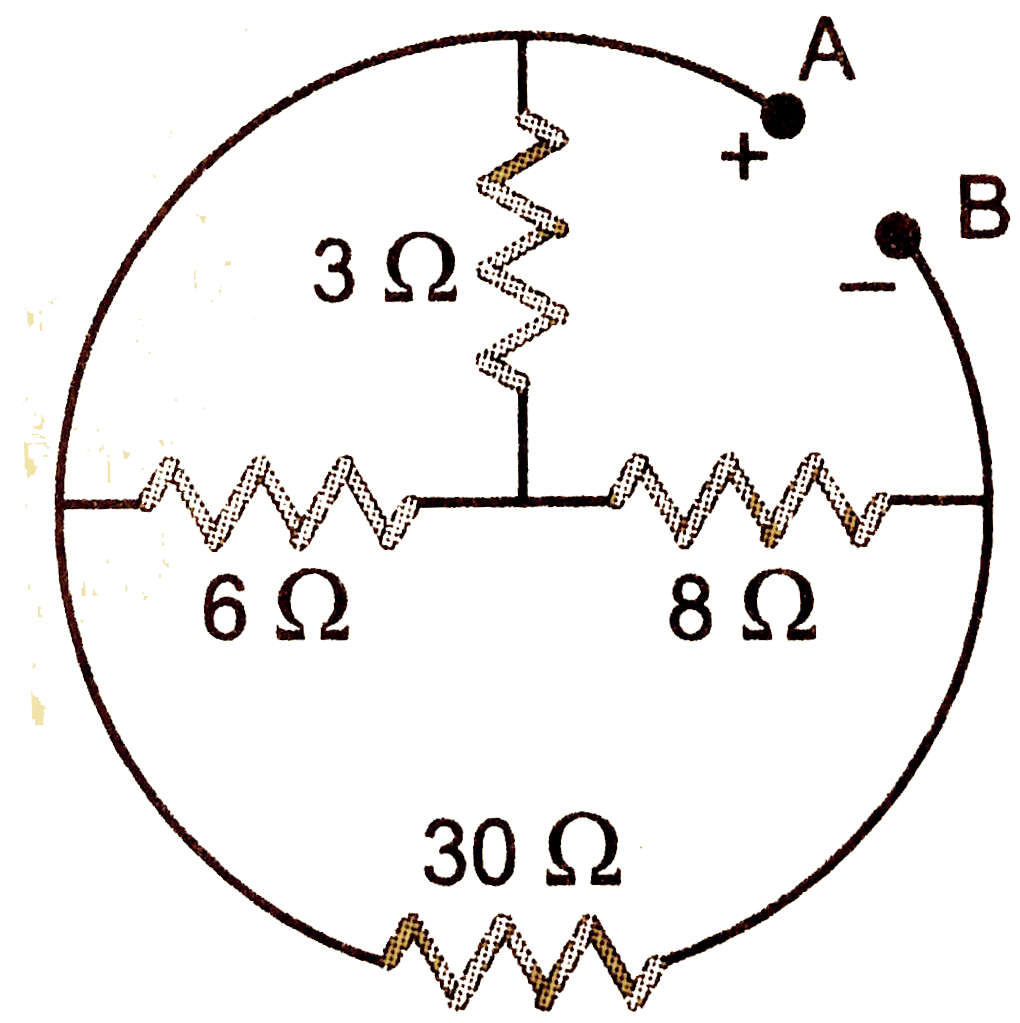In the infinite gride. If the value of r=2(√5−1)Ω. Find the Equivalent resistance between the point a and c.
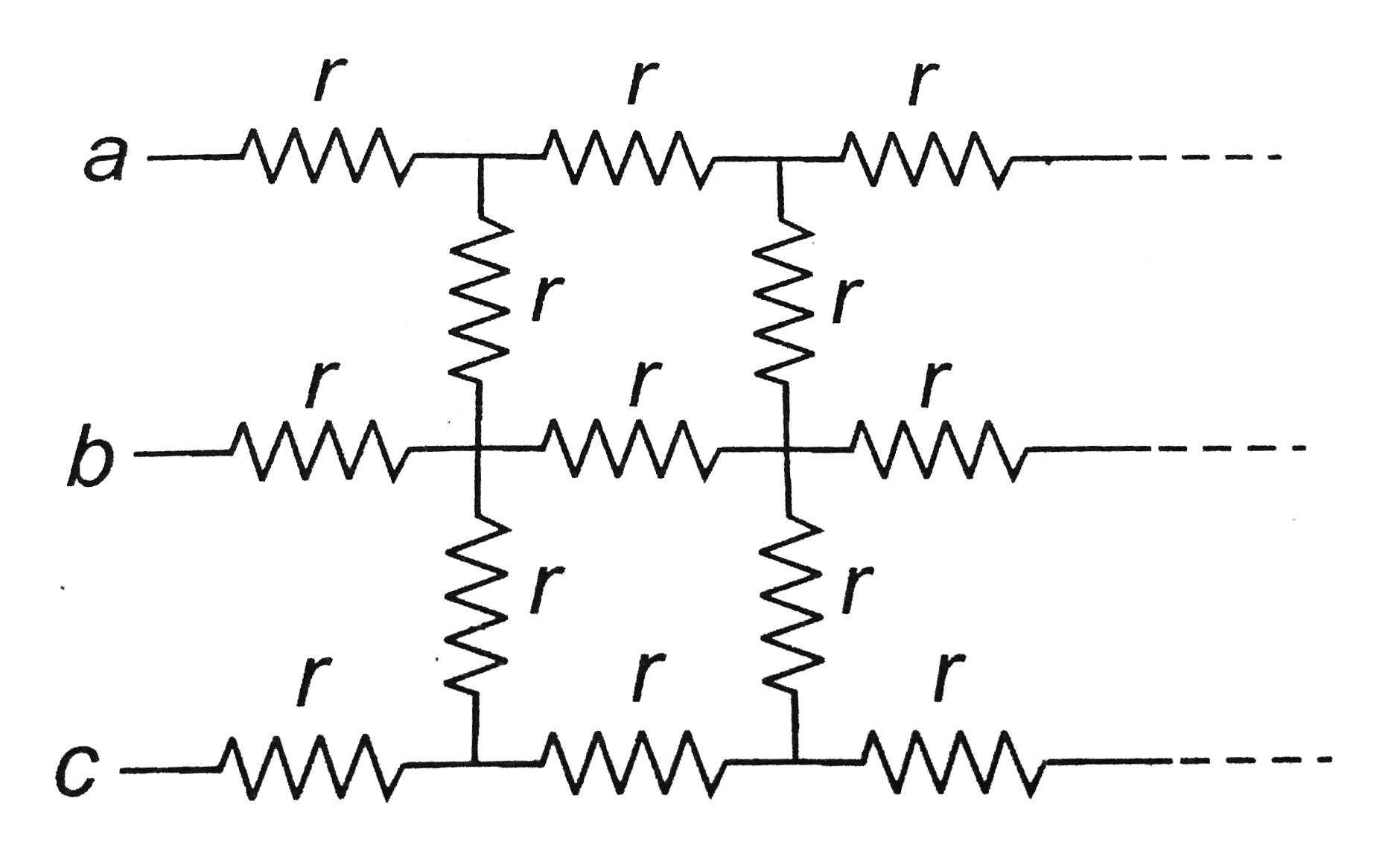
A
6(√5−1)Ω
B
4(√5−1)Ω
C
4Ω
D
none of these
Video Solution
Text Solution
The correct Answer is:C
(c ) Due to symmetry, the line of resistors passing through b will be useless
req=2r+rreq2r+req⇒req=(1+√5)r
=(√5+1)2(√5−1)=4Ω
|
Updated on:21/07/2023
Topper's Solved these Questions
- BOOK - A2ZCHAPTER - CURRENT ELECTRICITYEXERCISE - Section - A1videos
CURRENT ELECTRICITY
- BOOK - A2ZCHAPTER - CURRENT ELECTRICITYEXERCISE - Section B - Assertion Reasoning28videos
CURRENT ELECTRICITY
- BOOK - A2ZCHAPTER - CURRENT ELECTRICITYEXERCISE - Heating Effect Of Current40videos
CURRENT ELECTRICITY
- BOOK - A2ZCHAPTER - ATOMIC PHYSICSEXERCISE - Section D - Chapter End Test30videos
ATOMIC PHYSICS
- BOOK - A2ZCHAPTER - DUAL NATURE OF RADIATION AND MATTEREXERCISE - Section D - Chapter End Test30videos
DUAL NATURE OF RADIATION AND MATTER
Similar Questions
Knowledge Check
- Question 1 - Select One
Find the equivalent resistance between the point A and B
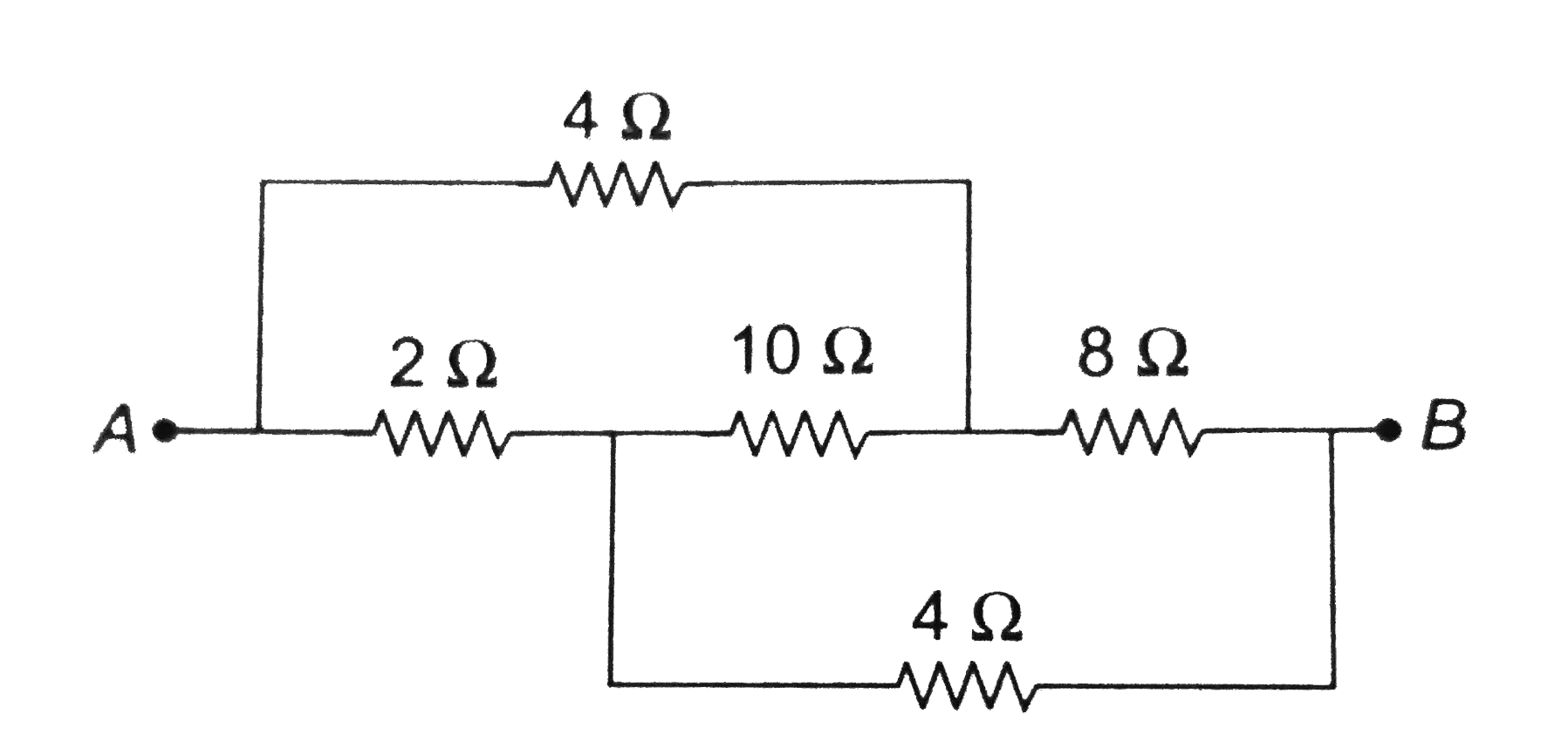 A2ΩB4ΩC8ΩD16Ω
A2ΩB4ΩC8ΩD16Ω - Question 2 - Select One
Find the equivalent resistance between the points a and b
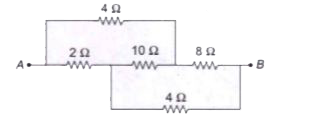 A2ΩB4ΩC8ΩD16Ω
A2ΩB4ΩC8ΩD16Ω - Question 3 - Select One
Find the equivalent resistance between the points a and b
 A2ΩB4ΩC8ΩD16Ω
A2ΩB4ΩC8ΩD16Ω
Find the the equivalent resistance between points A and B.
 View Solution
View SolutionFind the equivalent resistance of the circuit between the points A and B
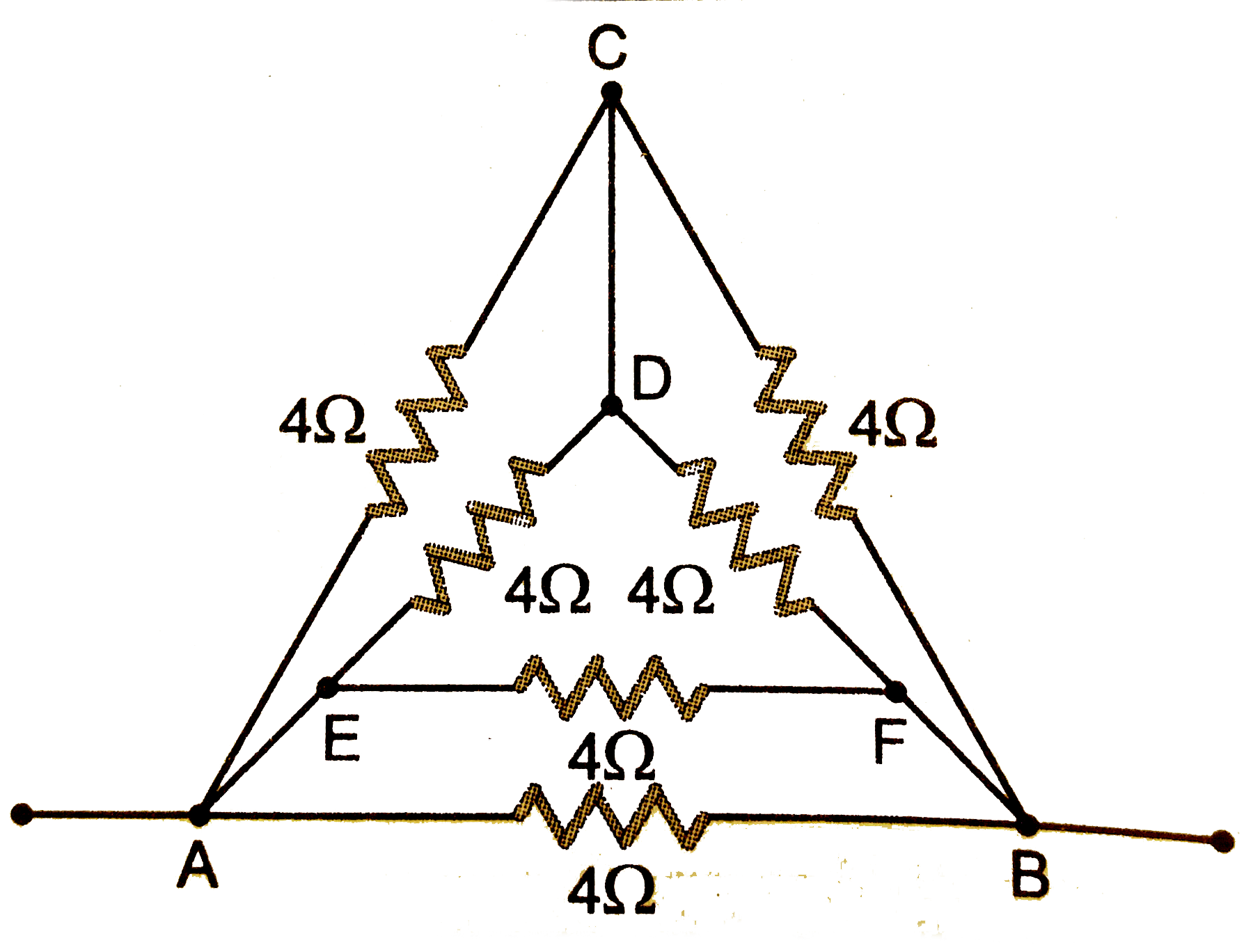 View Solution
View SolutionFind the equivalent resistance between A & B if all resistance are 'R' ?
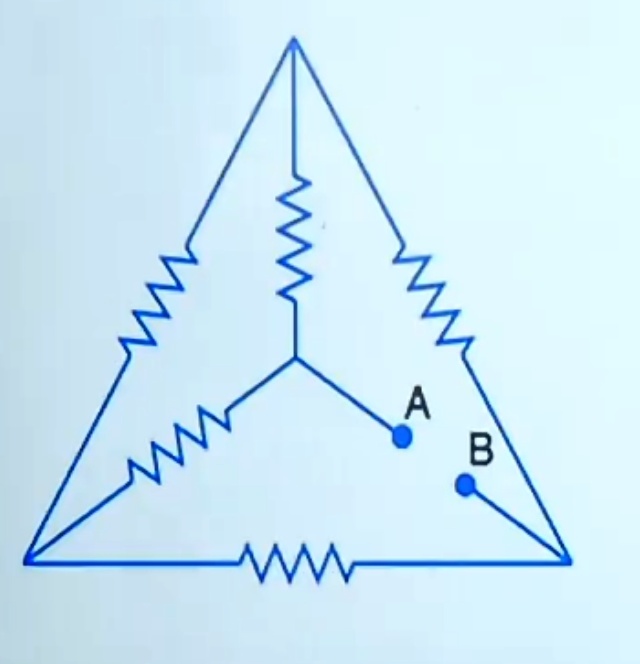 View Solution
View SolutionEquivalent resistance between the points A and B (in Ω)
 .View Solution
.View SolutionIn the circuit shown in figure R=55Ω the equivalent resistance between the point P and Q is
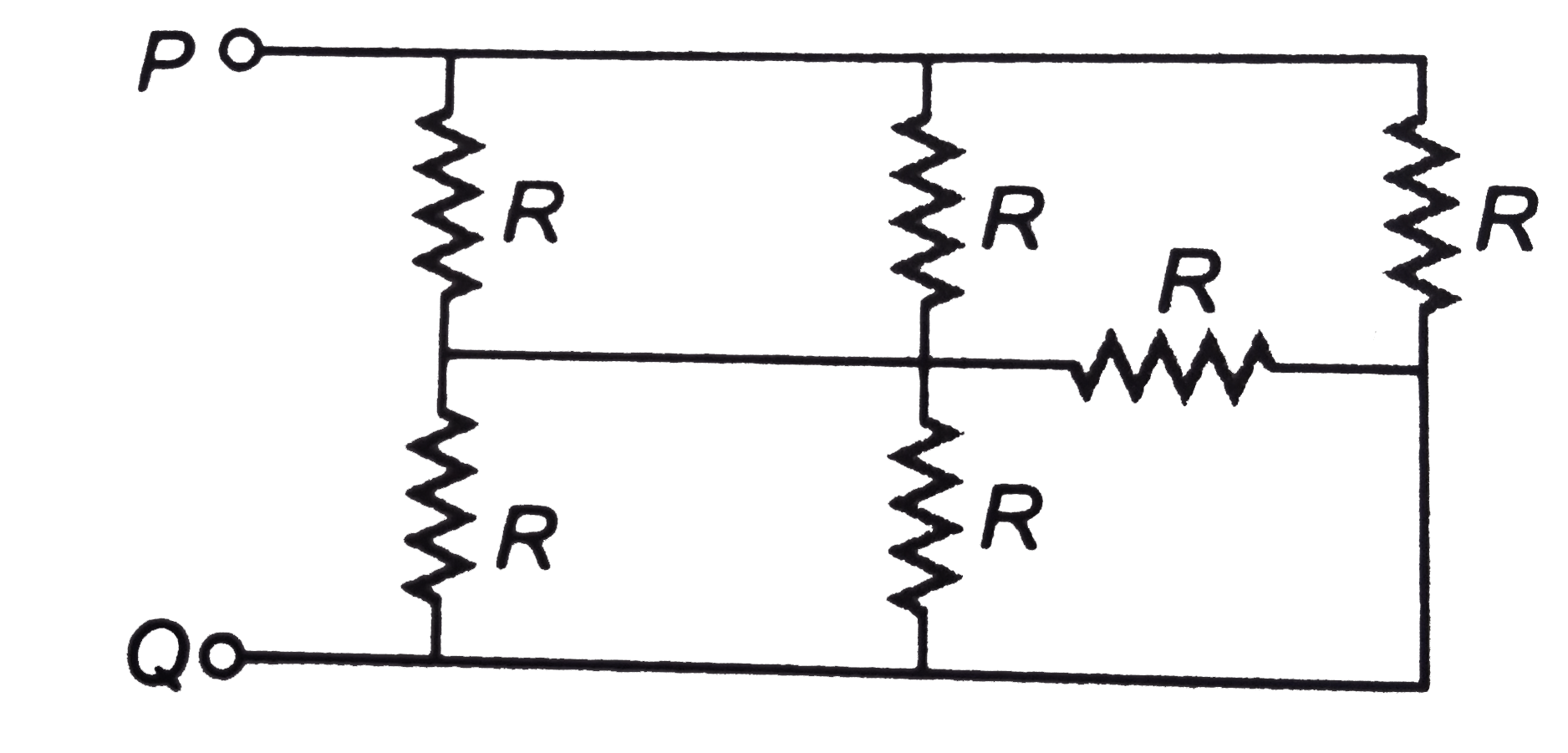 View Solution
View Solution


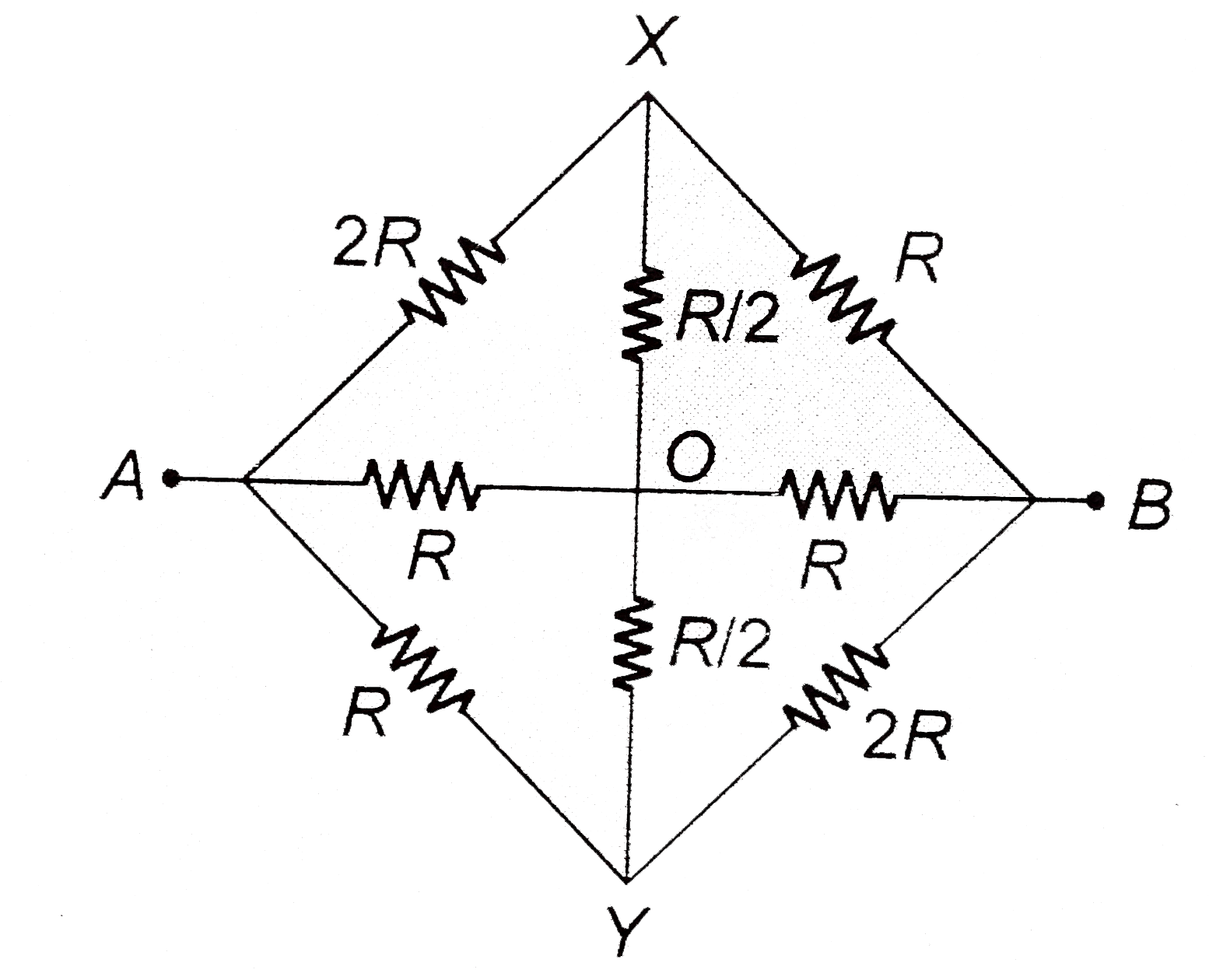 .
.